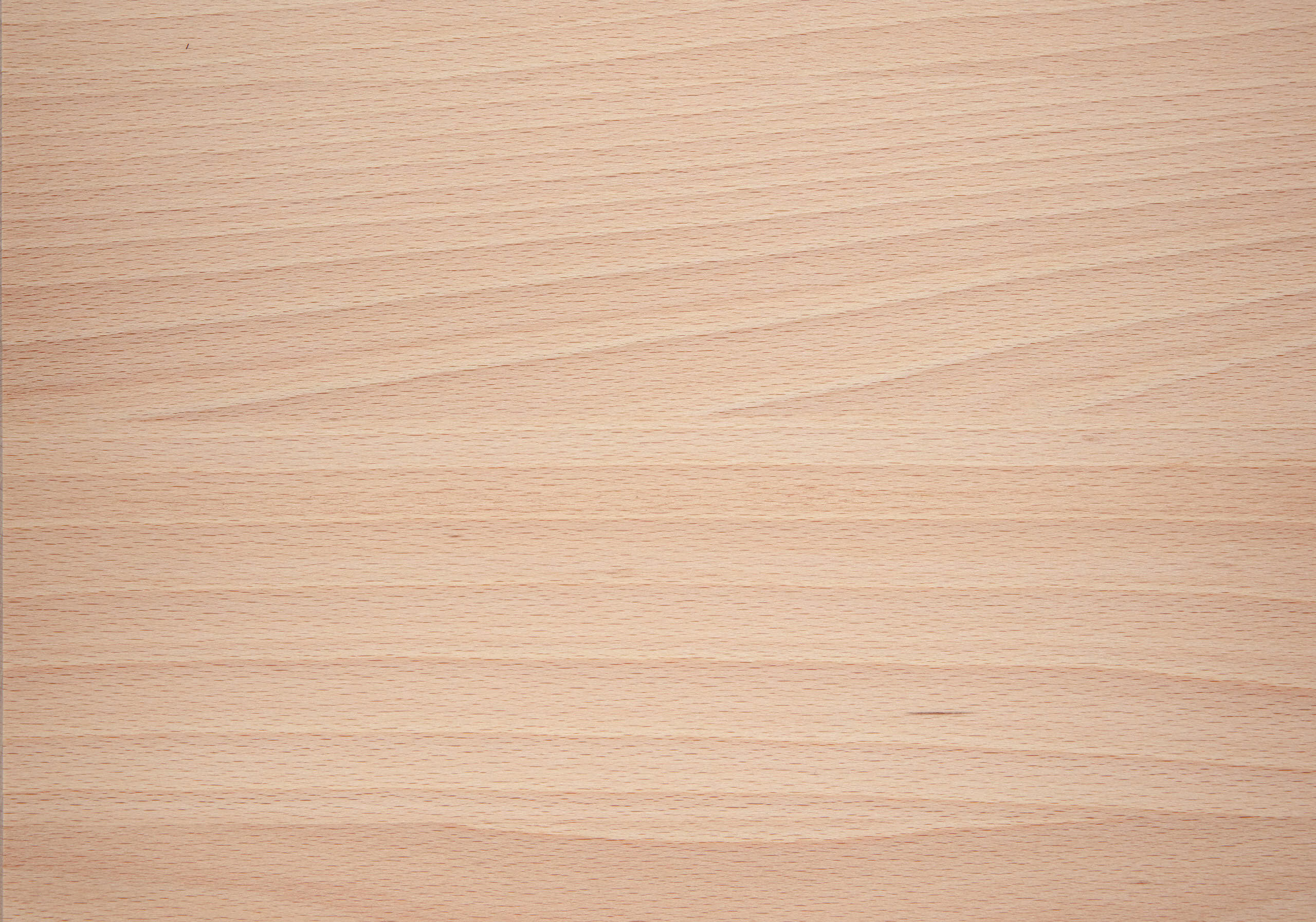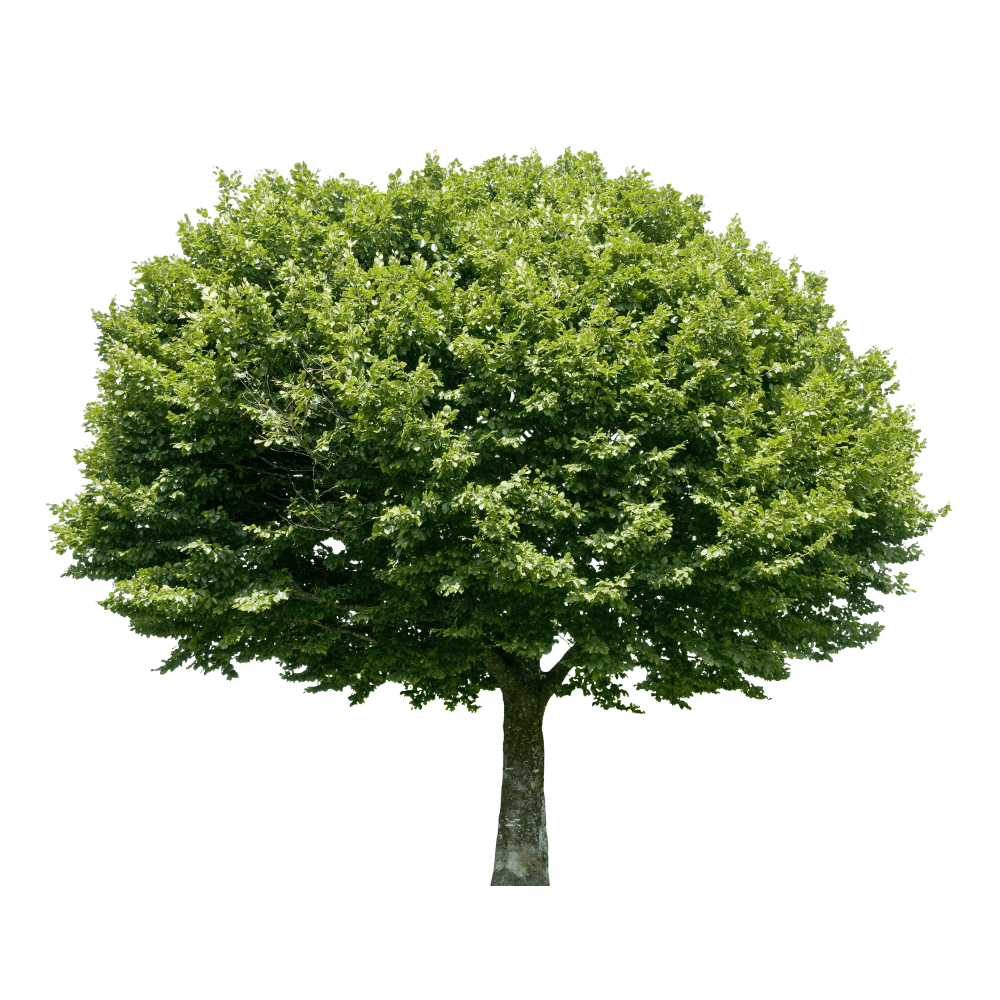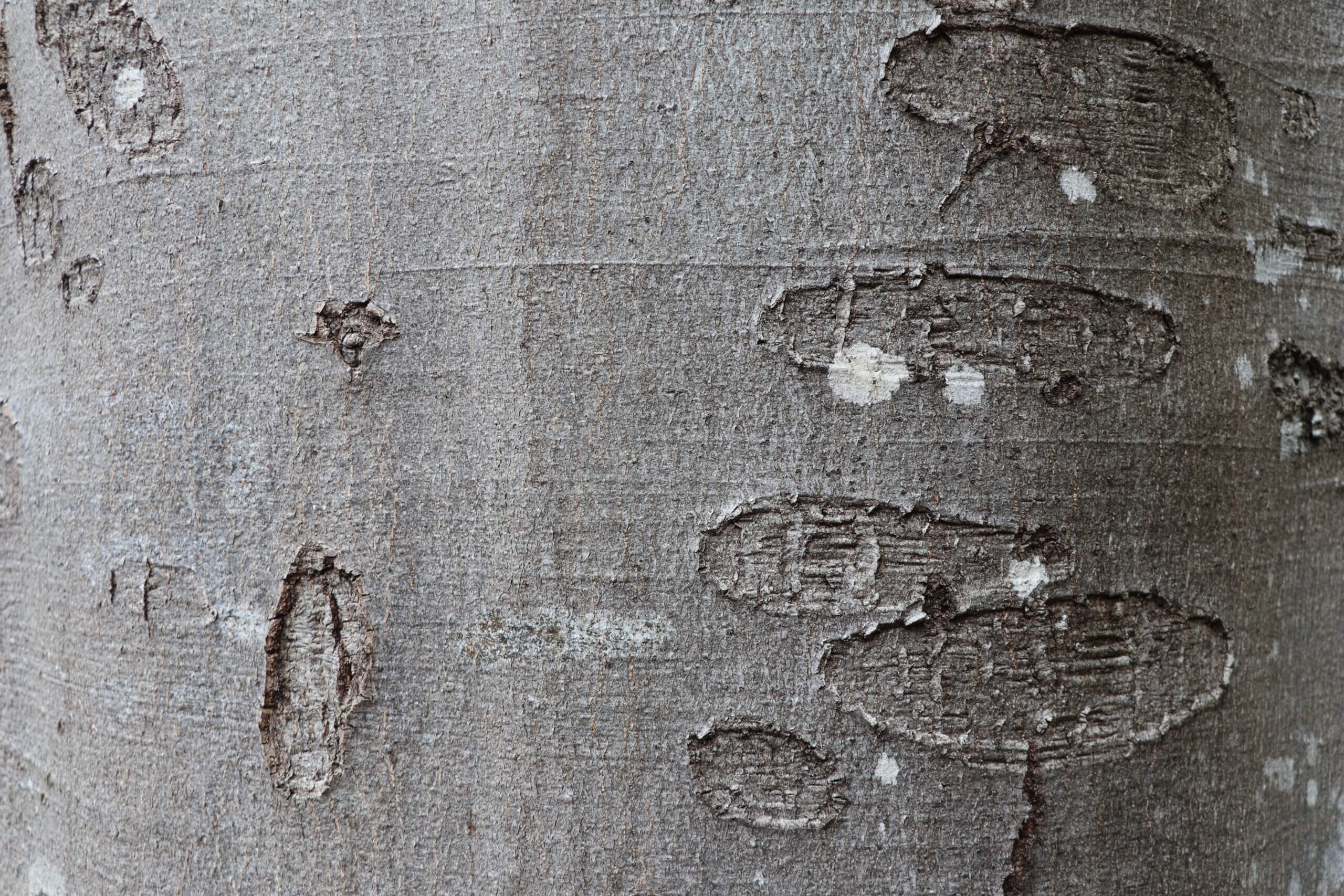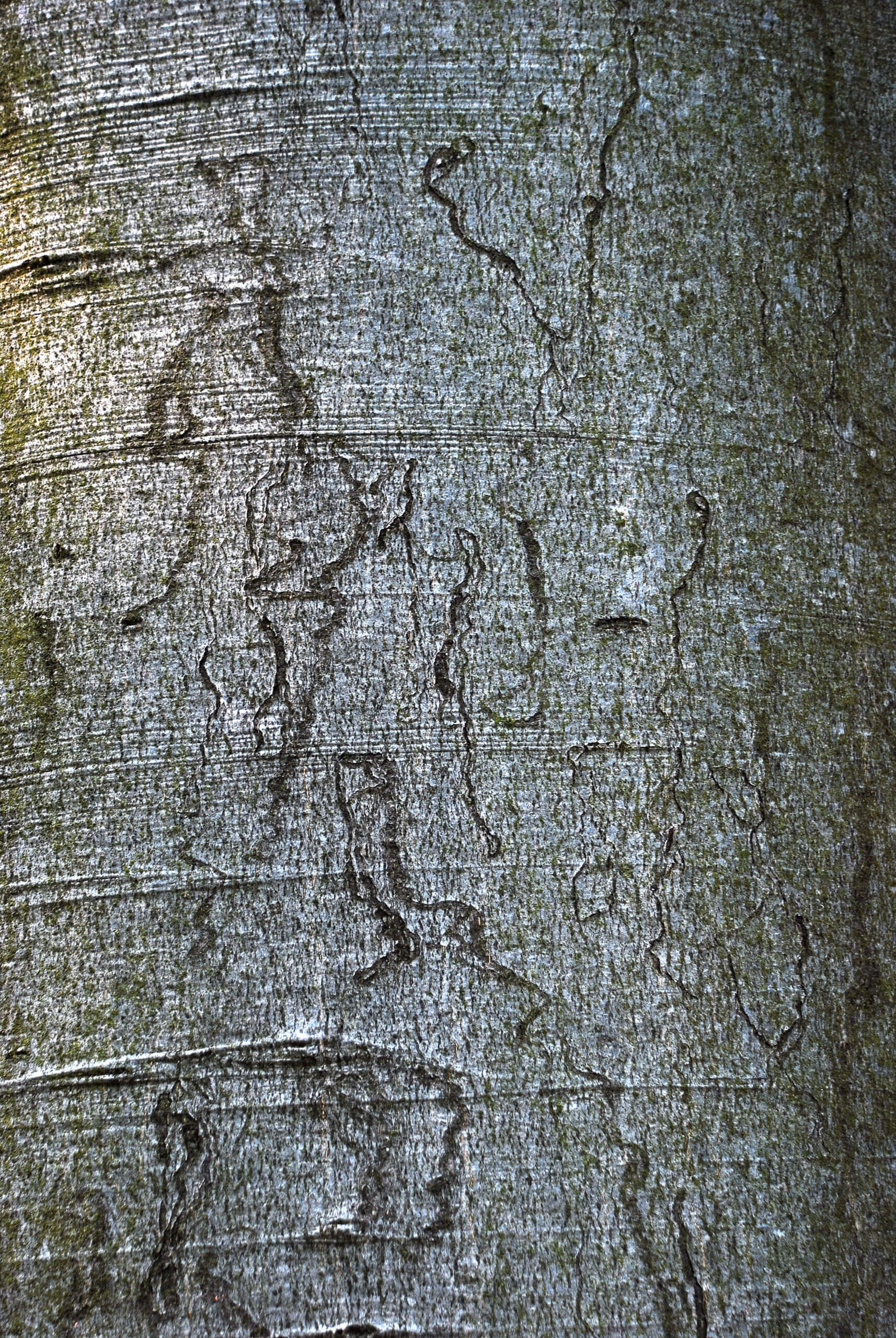Beech / European beech / Common beech / Copper beech
bot. Fagus sylvatica

Beech is a native broadleaved tree in large parts of Europe. The cultivation of beech requires a careful choice of the composition of the vegetation, as most other tree species are displaced by it. Beech has a comparatively high water requirement, but cannot tolerate a prolonged lack of oxygen, which is why beech is almost completely absent from sites that are flooded even just occasionally. In terms of volume and use, beech wood is the most important hardwood in Swiss forests. However, this has not always been the case; for a long time beech was neglected in favour of oak. Today it provides important timber for the toy and furniture industry, parquet and stair construction.
Comments
Susceptible to fungus and insects. Not weather resistant.
Hardness grade
28 - 41 Brinell
Color
Yellowish-brown to reddish-brown.
Color change
Slight decrease in orange.
Origin
- The distribution area today extends from southern Scandinavia to Sicily.
- Western, central and southern Europe, a typical tree of the oceanic climate.
- Within its central growing range in the Atlantic climate of the lower level mountain ranges, it is exceptionally competitive and displaces most other tree species. Therefore, beech forests are in often relatively poor in mixed tree types.
Wood character
- The wood is heavy, very evenly structured, hard and features high abrasion resistance.
- The sapwood and heartwood are yellowish-brown to reddish-brown.
- Colour heartwood formation is optional, when a "red heartwood" is formed, it is reddish-brown, usually set off like clusters or also star-shaped (valued in arts and crafts).
- Its texture is slightly striped and rather unpretentious.
Use
- Wood in furniture construction, especially for table tops.
- Suitable as bending wood and accordingly often used for chairs and related objects.
- Works well as a basis for stained/colour-treated objects.
- Due to its high availability and excellent characteristics, it is also often used as (concealed) construction timber (struts, installation strips, etc.)
Characteristics
Weight: 720 KG/M³
Weight (Average bulk density air dry, ᵨ 12...15)
Average hardness: 34 N/MM²
Average hardness according to Brinell (radial)
Stability: gering
Dimensional and form stability
Durability: nicht dauerhaft
Natural durability according to DIN-EN 350-2



